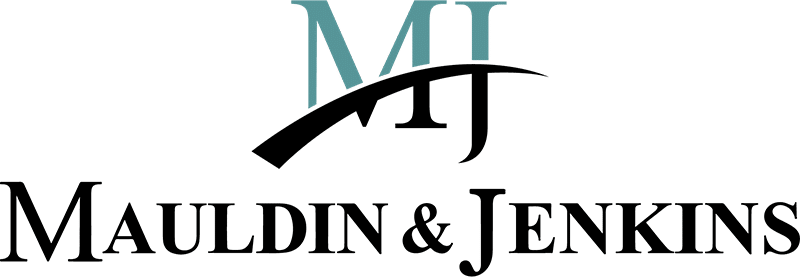On November 1, the U.S. Bureau of Labor Statistics (BLS) published its Employment Situation Summary for October 2024. Commonly known as “the jobs report,” it indicated a cooling hiring market, with only 12,000 jobs added in the month in question. The unemployment rate, however, remained steady at 4.1%.
A slower labor market isn’t necessarily a bad thing for employers. In its October Job Openings and Labor Turnover Summary, the BLS reported that the number of Americans who quit their jobs in September fell to 3.1 million. That’s the fewest departures in more than four years. With more employees staying put and fewer job openings posted, many employers may find hiring easier because those looking for work don’t have as many options.
If your organization is pondering the possibility of adding employees, here are three hot hiring-related trends to be aware of.
1. Fringe benefits in job postings
Hiring Lab, the research arm of popular employment platform Indeed, recently released the results of a study of its job postings in the United States between January 2020 and May 2024. The study found that, in May 2024, 59% of job postings mentioned at least one employer-provided benefit. This was a marked increase from 40% in early 2020.
One potential takeaway from this data is that many job candidates shop for benefits just as much as they look for desired compensation or working environment. Rather than throwing in the obligatory “health insurance and retirement plan” in job postings, you may want to highlight a carefully chosen benefit that will most likely appeal to the targeted applicants.
2. Chat-to-apply bots
Artificial intelligence (AI) continues to work its way into virtually every operational process, including hiring. It’s already well established in sourcing and screening job candidates. But there’s a new bot on the block: chat-to-apply.
Many employers are now adding chatbots to their websites to converse with job candidates and take them through the application process. The latest versions of these bots can communicate much more naturally than older ones, even understanding synonyms and misspellings.
The potential upside for employers is chat-to-apply bots work 24/7 and are accessible to applicants via their mobile devices. So, at least theoretically, applying for a job becomes as casual and convenient as ordering a pizza — a possible win-win on both sides of the hiring desk. The bots can:
- Guide users through the initial application process,
- Answer questions,
- Help determine whether applicants are serious and good fits,
- Set up formal interviews, and
- Send out interview confirmations and reminders.
Chat-to-apply bots may not suit every organization. Some job seekers still prefer application forms over potentially awkward chitchats with nonhuman entities they might not completely trust. There’s also a persistent concern that AI-enabled hiring processes may inadvertently discriminate against some candidates.
3. Reskilling as an alternative
One possible explanation of lower hiring numbers nationwide is that many employers are looking to get more from current employees rather than add new ones. They’re doing it through “reskilling” — training staff members for new positions or teaching them new skills to expand their current roles.
Between May 16 and June 3, 2024, The Harris Poll conducted a survey of 1,003 U.S.-based hiring decision-makers on behalf of Express Employment Professionals. Of respondents, 68% said their employers had plans to reskill employees in 2024. That’s an 8% increase from the 60% reported in a similar survey in the Spring of 2021.
Given the vast array of training resources available, reskilling may be a viable alternative to hiring under the right circumstances. However, it’s no silver bullet. Keep in mind factors such as employee burnout and work/life balance.
Major decision
Whether to hire is a major financial decision for employers. Choosing not to expand your workforce can leave your organization short staffed and overworked. Yet hiring ineffectively wastes money and leaves you in the same bad shape or worse. Contact us for help identifying, quantifying and analyzing your employment costs.
© 2024




